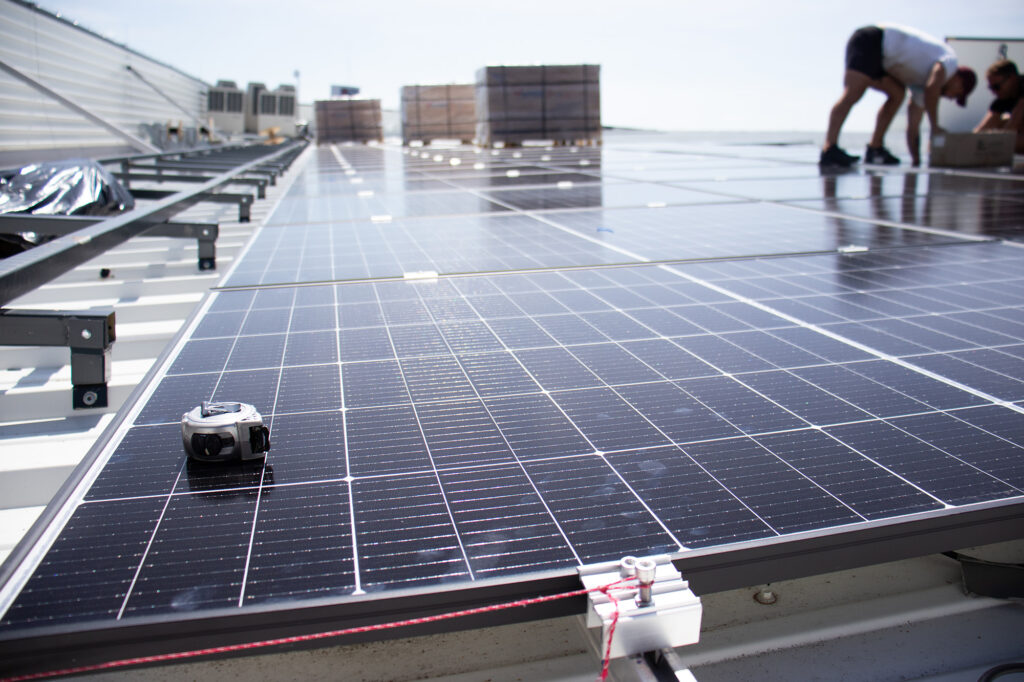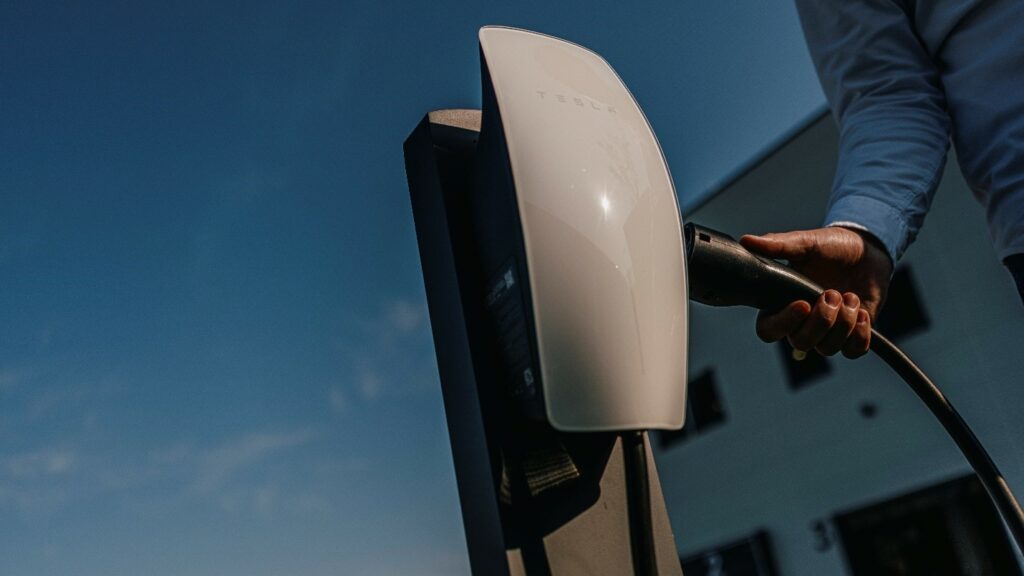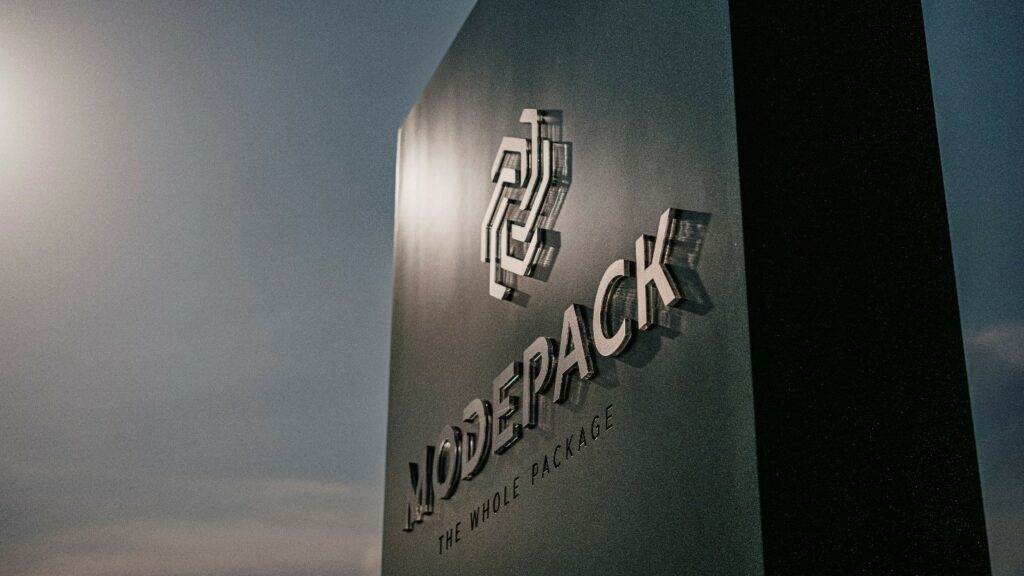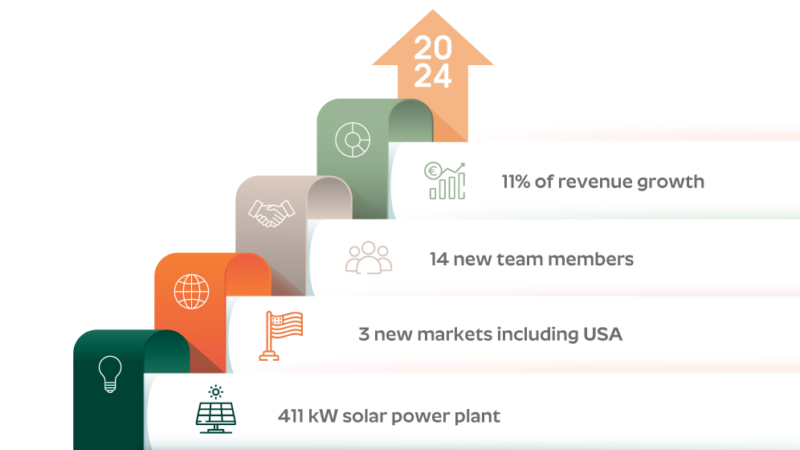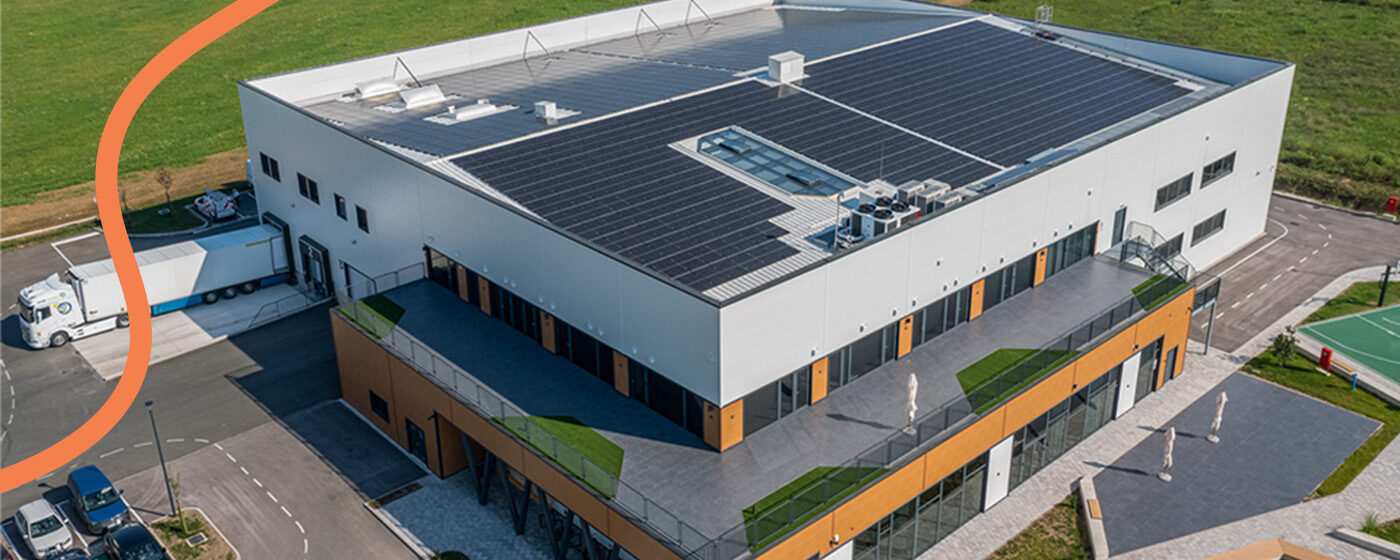
Transitioning to being a sustainable business – why and how
In recent years, being a sustainable business is no longer just a trend that big companies follow. On the contrary, during the pandemic years, many small to medium-sized companies transitioned to eCommerce and were rewarded with a significant boost in sales. Since then, online sales have become an essential revenue source for many of these smaller companies, and with those sales, new target groups were brought in, such as millennials and Gen Z. And why does that matter?
Why you should become a sustainable business
Whitepaper published by Forbes magazine in 2019. States that Gen Z is leading the charge for sustainability. Their report reveals that 62% of Gen Z shoppers prefer to buy from sustainable brands, while 73% are willing to pay more for sustainable products. Together with Millennials, Gen Z customers are most likely to make purchase decisions based on personal, social, and environmental values, so their expectations are clear. Brands and retailers must prioritize sustainability to remain competitive in the market.

Remember that this report was published in 2019 before the pandemic started. Many reports since then have shown that eco-consciousness has been rising and that more and more consumers are making more environmentally friendly, sustainable, or ethical choices. Consumers are rethinking their consumption habits, and eCommerce businesses are being scrutinized. While many would agree that eCommerce is better for the planet than classical retailers, issues of excessive packaging and carbon footprints of its deliveries are the main challenges.
How to transition to a sustainable eCommerce brand
As with everything, getting started is the hardest part, and at the beginning, it may seem overwhelming. But with clear focus and dedication, you will easily overcome the hurdle of taking those steps and be on your way to becoming a truly sustainable business.
So, what key steps should small and medium-sized business owners take to join the eco-friendly trend? We have some tips and tricks for how to achieve this.
1. Responsible sourcing
Responsible sourcing of raw materials and products is one of the first steps on your sustainability path. When choosing a supplier, you must consider many things: Where do the raw materials come from? What are the environmental impacts of producing those raw materials? What are the working conditions of employees? Are you supporting local businesses or being a part of a global supply chain?
/Modepack%20%20I%20Photos/01%20Recycling/__P_6801.jpg?csf=1&web=1&e=45Q9JT&cid=32c4bb52-f072-4453-81c6-916d7e6910b1)
Unlike big businesses, small and medium enterprises can focus more on supporting local communities by sourcing materials or partnering with local suppliers. This approach can increase your resilience to global supply chain disruptions and, more importantly, minimize carbon emissions by avoiding long-haul transportation of materials and products.
Working closely with local suppliers can achieve levels of transparency and traceability that big businesses can only dream of. You should take advantage of small and medium-sized businesses’ flexibility and agility. Focusing on green and sustainable raw materials and partnering with local suppliers will improve your brand image and attract and retain environmentally conscious shoppers.
2. Control of the manufacturing process
Again, one of the advantages of small and medium businesses is the ability to maintain total control over manufacturing processes. Having in-house manufacturing provides greater control and accountability, leading to more sustainable outcomes. For example, you can integrate sustainability into the design phase of your product by choosing eco-friendly materials and energy-efficient processes and equipment.
Also, controlling manufacturing processes allows you to implement waste reduction policies and have highly efficient recycling programs. Of course, this stems from responsible sourcing, but you can achieve a lot by implementing circular economy practices and minimizing the waste sent to landfills.
Strong ethical standards and high-quality products are challenging to achieve if you don’t control the manufacturing process. By ensuring consistent quality, you are fostering durability and reducing the need for frequent replacements of products that don’t meet quality standards. This consistency promotes sustainable consumption patterns, and your customers will reward you.
3. Sustainable packaging
One of the leading sustainability challenges for eCommerce businesses of any size is packaging. Meant to be used just once and consisting of many different, often non-recyclable materials, packaging can be a heavy burden on the planet.
/After%20Rebranding/Modepack%20-%20Situations/3506-86.jpg?csf=1&web=1&e=W9WGwX&cid=463c3227-fc84-4279-b54d-287b504fdf5e)
This is where Modepack comes in. We offer various customizable and fully recyclable packaging solutions that can meet any eCommerce business’s needs. More than 90% of our products are made from recycled materials, and we are leading the way in sustainable packaging industries.
With our high-quality packaging, we are also encouraging you to reduce the use of packaging. Instead of having one box, then one plastic wrap, and then another box with yet another plastic wrap, we offer products that will keep your shipments safe while reducing the use of packaging materials. That is better for the planet and also better for user experience.
4. Reduce carbon footprint
Many steps already mentioned, from responsible sourcing to sustainable packaging, can reduce your carbon footprint. But there are other steps you can implement, too. First, you must calculate your carbon footprint to know what you are dealing with. Many third-party apps provide such services. Most of these apps require minimal effort and can give you a precise idea of how your business impacts the planet.
Knowing where you can improve and what your overall carbon footprint is is a first and essential step. But if you aim to become a carbon-neutral business, thinking about how you can control your energy needs is vital. In one way, you can invest in energy-efficient equipment and significantly lower your consumption. For example, our machinery consumes 75% less energy than most used solutions in the industry currently. That means our consumption is 75% lower than our competitors. Great, right?
But lowering consumption has limits, and you will hit the wall at a certain point. That is when you should consider implementing some green energy solutions, such as solar power plants. Even a small solar power plant can significantly supplement your energy needs. It can lower your carbon footprint and bring you closer to a sustainable and efficient business. If you can’t implement a green energy solution, offsetting your carbon emissions through initiatives such as One Tree Planted is always an option.
5. Encourage customers to shop more sustainably
Emphasizing high-quality and durable items ensures that your customers are making sustainable choices. Consider Patagonia’s now widely known campaign if you wonder how quality and durability can help your sales. This campaign suggested to consumers that they should not buy Patagonia jackets but should consider the environmental impact of their shopping decisions. Intentionally or not, this campaign skyrocketed Patagonia’s sales and strengthened its image as a sustainable brand.

Depending on your industry, you can introduce your customers to refill (cosmetics industries) or resell (fashion industries) programs. Some fashion brands go as far as offering repairs for their products (again, Patagonia) or discounts for every bag of textile waste you bring (H&M). Sure, some of these tactics are easier for brands with a global presence, but you can still get inspired by the
In conclusion, consumers want brands to make them feel good about their choices. To do that, you will need to implement sustainable changes to your business. Besides pleasing your customers, sustainable practices will ease pressure on your budget and the environment, which will surely make you feel good, too.

